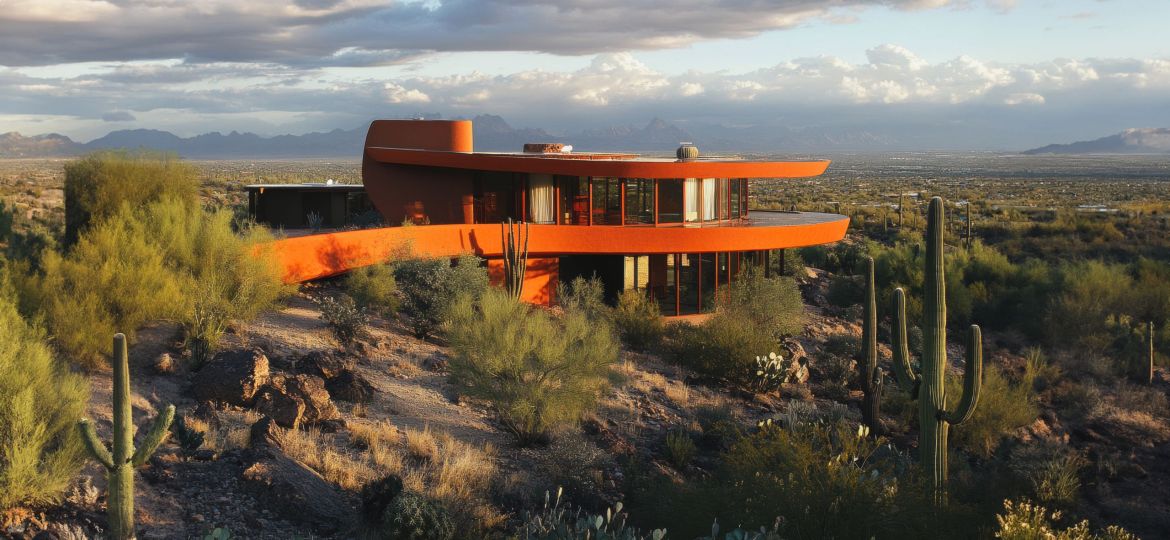
The Timeless Charm of Mid-Century Modern Architecture
Design isn’t just about building spaces—it’s a powerful expression of culture, creativity, and the era in which it’s born. Among the many architectural movements that have stood the test of time, Mid-Century Modern holds a special place in the hearts of design lovers. With its clean lines, fluid forms, and deep connection to nature, this enduring style continues to shape contemporary design sensibilities to this day.
Let’s take a closer look at the soul of Mid-Century Modern architecture: where it came from, what defines it, and why it still captures our imagination.
Origins & Influences
Emerging in the post-World War II era—from the 1940s through the 1960s—Mid-Century Modern architecture was a fresh response to the world’s social and economic transformation. The style rejected the ornate flourishes of previous decades in favor of clarity, simplicity, and purpose.
Influenced by the International Style, Bauhaus principles, and the organic philosophies of Frank Lloyd Wright, this movement celebrated modern living and embraced new possibilities through design.
Defining Characteristics
A Seamless Bond with Nature
One of the hallmarks of Mid-Century Modern architecture is its harmonious integration with the natural world. Expansive windows, sliding glass doors, and open floor plans blurred the boundaries between indoors and out. The result? Light-filled spaces that invited calm, tranquility, and an ever-present connection to the environment.
Clean Lines & Organic Forms
Functionality took center stage. Structures embraced minimalism with crisp horizontal lines, geometric shapes, and uncluttered spaces. But to balance the precision, designers also drew inspiration from nature—curved roofs, asymmetrical forms, and soft contours added warmth and humanity to the style.
Practical, Purpose-Driven Interiors
These homes were built to be lived in. Open-concept layouts made room for fluid movement and flexible living, while built-in storage and multipurpose areas reflected a thoughtful approach to everyday life. Each space was designed to enhance comfort without sacrificing aesthetic appeal.
Innovative Use of Materials
Mid-Century architects were fearless innovators. They experimented with modern materials like steel, concrete, glass, and molded plywood, often pairing them with natural elements such as wood and stone. This creative blend delivered a striking contrast between sleek modernity and organic texture, resulting in homes that were as durable as they were beautiful.
Why It Still Resonates
The lasting appeal of Mid-Century Modern design lies in its timeless values: simplicity, functionality, and a reverence for nature. These qualities feel especially relevant today, offering an antidote to the chaos of modern life. Its uncluttered spaces and thoughtful layouts bring clarity and calm to any home.
Moreover, the style’s adaptability is part of its magic. Mid-Century Modern elements work just as beautifully in a rustic farmhouse as they do in a sleek urban loft. It bridges the old and the new, adding character and sophistication to a wide range of architectural styles.
And let’s not forget the iconic pieces that came out of this era. Designers like Charles and Ray Eames, Eero Saarinen, and Arne Jacobsen created furniture and decor that have become design legends—timeless symbols of creativity and craftsmanship that are still celebrated (and emulated) today.
Conclusion
Mid-Century Modern architecture is more than just a style—it’s a philosophy. Rooted in the ideals of simplicity, functionality, and harmony with nature, it continues to influence the way we think about design, space, and living well.
Whether you’re drawn to its iconic furniture, its signature silhouettes, or its peaceful, light-filled interiors, Mid-Century Modern design offers a beautiful blueprint for creating timeless homes that feel both grounded and inspiring.
